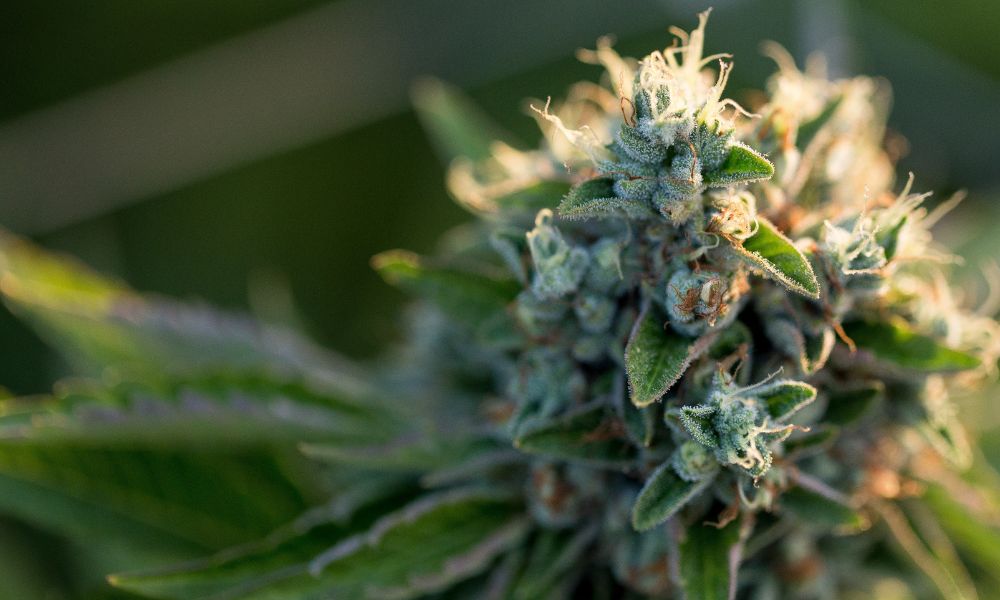Common Cannabis Plant Diseases and How To Treat Them

In general, cannabis is a relatively resilient plant, but that doesn’t mean it’s immune to diseases. Bacteria, fungi, viruses, and more can infect it. Fortunately, early detection can help eliminate the problem before it spreads and kills your plants. To help you identify these ailments, let’s review the most common cannabis plant diseases and how to treat them.
Powdery Mildew
As you may have guessed by the name, powdery mildew is a disease easily identified by spots of fuzz on the leaves that look like patches of flour. Powdery mildew is a fungus that can produce sexually and asexually. Therefore, it can spread very quickly, and there are likely more spores than you can see. Powdery mildew is a testament to why cannabis grow rooms require proper ventilation, as the most common cause of this fungal infection is high humidity and low airflow.
To treat powdery mildew, gently wipe the affected leaves with a wet towel to remove the fungus. Be sure not to jostle the leaves and spread the spores to nearby plants. Then, spray a mixture of milk, baking soda, and potassium bicarbonate on all the leaves, even the ones that don’t appear to be infected. Afterward, you may want to improve your ventilation system to avoid future outbreaks.
Bud Rot
Bud rot, also known as botrytis cinerea, is another type of fungus that affects the densest part of the cannabis flower. It is very difficult to see this infection during its early stages, but as it progresses, you’ll notice a white, wispy mold on the stem inside the flower. From here, the mold turns gray, and once it turns black and mushy, you can lose the entire crop. Once again, high humidity and poor HVAC systems are the culprits, especially if the plants are dense and close together.
Unfortunately, there’s not much to do in terms of treatment, so your options are limited. What you can do is carefully remove and dispose of the infected buds and harvest what you can. Using fungicides on your cannabis plants can dramatically affect the taste. You can allow the bud to continue to ripen, but only if you fix the environmental issue.
Hop Latent Viroid
Hop Latent Viroid (HLVd) is a virus that relies on the plant’s RNA to infect the host. It’s unfortunately becoming a common cannabis plant disease that’s tricky to treat. The difficulty lies in the virus’s tendency to lie dormant and show no symptoms for extended periods. Once the virus becomes active, you’ll likely notice stunted growth, reduction in flower mass, malformation of the leaves, and brittle stems. Most often, bugs, pests, and infected equipment and gloves are what transmit this pathogen.
To properly treat the infection, you have to make sure it’s actually HLVd, which you can do on your own by purchasing a qPCR, or you can hire professional services. You can remove the virus through a tissue culture, but prevention is the tactic you should focus on. Before taking cuts from other plants or planting new clones, you should first test them for HLVd. Other than that, you must sterilize gloves and equipment before entering the grow room.





